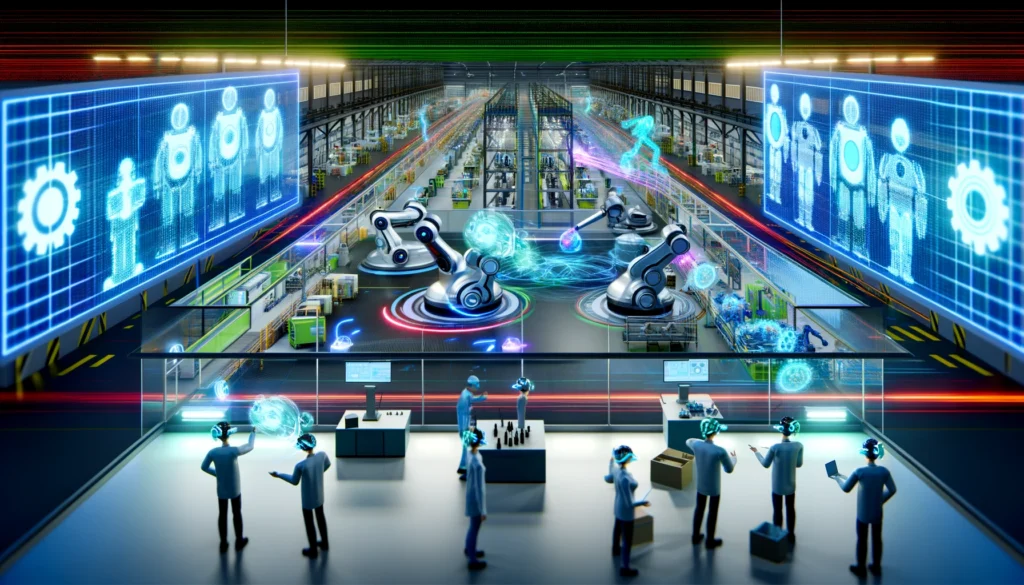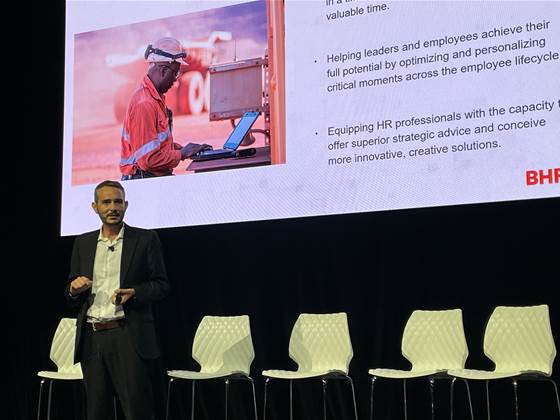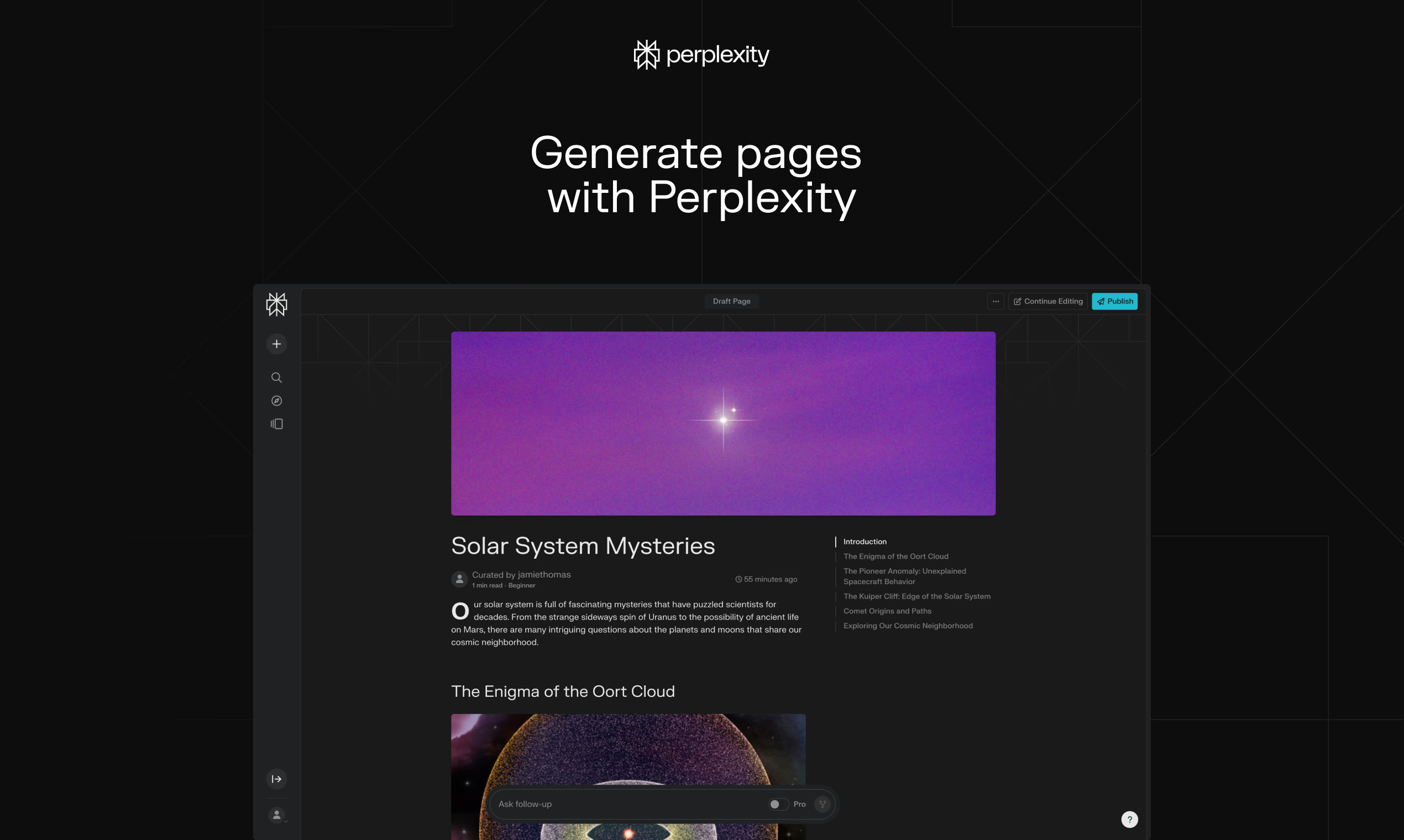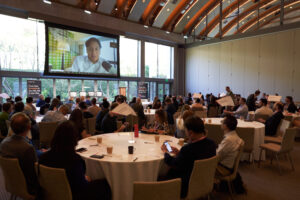AInsights: Executive-level insights on the latest in generative AI….
In my work at ServiceNow, we constantly host executives in our global innovation centers. AI is the number one topic everyone wants to explore. And in those meetings, I’m often asked to share use cases that go beyond innovative workflows to demonstrate how organizations are using AI to reimagine operational and business models entirely.
I wanted to share some interesting examples with you in this edition of AInsights.
The world’s largest mining company used ChatGPT to analyze its leadership framework and improve employee experiences.
Like all companies, BHP routinely analyzes its leadership framework to refine and update. Traditionally, it engages consultants to manage the usually six-week project. As an experiment, Vaughn Sheahan, the head of organizational development and analytics, decided to test pilot the project with ChatGPT.
The team fed the AI a 90-page “culture baseline assessment” in PowerPoint format, a Board paper on culture that described the company’s aspirations, HR policy documents, and the current capability framework.
Sheahan told an audience at the Microsoft AI Tour conference in Australia that the experience was eye-opening.
“What we were able to do through chat is start to explore how we might need to shape leadership in BHP to better reflect where we need to go and what we need to do,” Sheahan said.
The chat sessions were also productive.
ChatGPT provided process improvements and highlighted gaps and opportunities. It also improved the language, which was also a desired outcome of the project.
“One of the critiques we have in the way we write these documents is they’re HR-centric and our frontline teams don’t get it, so you say to ChatGPT, ‘Express that or rewrite that in a way that a worker can relate to it and engage with it,” Sheahan shared.
Said another way, ChatGPT demonstrated the ability to translate exec-speak into relatable language. We could use more of this!
Sheahan continued, “And at the end of that process, we stepped back and actually asked it, ‘Do you think this is actually the right thing for BHP to do, and do you think that these leadership capabilities are things that are actually going to unlock performance in our business?”
For such an abstract, deeply analytical question, it’s easy to see why generative AI is not only capable, but also still requires human, expert intervention to review the output and ensure its integrity and value-add
“[The] response that came back absolutely blew my mind in terms of its ability to look at it,” Sheahan said.
ChatGPT offered a conditional ‘yes’ response to the question. But it also pointed out gaps that required addressing.
“We were legitimately missing those points [from the framework],” Sheahan admitted. “Not only did it pick up the things that were missing, it said a framework is one thing but it’s the implementation that matters.”
BHP is now exploring additional opportunities in human resource applications.
Sheahan shared a typical HR transaction as an example of one use case.
“If you think about the current state, I’ve got a query, I raise a case, and hopefully within 24 or 48 hours I get a response,” he explained. “But if you’re like me, you haven’t written the [question] particularly well, so I don’t get an answer back, I get a question back, and that triggers another 24-to-48 hour cycle.”
In my work, this is where I demonstrate the capabilities of Now Assist, our generative AI solutions that address this exact scenario, as well as others in IT, finance, customer service, operations, and more.
Sheahan continued, “If you think about the experience of our workforce around that, it can be quite frustrating, so there is a huge opportunity to improve the way our workforce interacts with HR to get what they need in a far quicker, more human way.”
Exactly!
Additionally, BHP sees AI playing a critical role in optimizing and personalizing critical moments of truth across the employee lifecycle.
This starts with machine learning and AI, along with human counterparts, analyzing those moments, the experiences they deliver, and moments that may be missing. Then, AI and human creativity can not optimize and personalize those moments, but also explore new ways to deliver more meaningful experiences and outcomes. That’s experience innovation right there!
BHP believes that genAI can also augment the performance of HR personnel.
“We have plenty of employment relations lawyers, [and with assistance from generative AI], not only are they quicker at providing advice but maybe their advice is better because it’s fed by precedent data around what is the right course of action with cases similar to this,” Sheahan explained.
He called this concept an example of “precision leadership.”
Hopefully the team used the enterprise edition to preserve its private data from getting absorbed into public learning models! 😉
Special thanks to my colleague Peter McDonnell for sharing this story with me while in Sydney together.
IKEA deployed AI in customers service to optimize customer service and reduce costs, reskilled call center employees as interior designers, and generated net new revenue.
In June 2023, IKEA launched an AI chat bot named Billie to lead first-level contact with customers. It was named after IKEA’s popular Billy bookcase line and was designed as part of a larger organization strategy to deliver human-centric, data-driven value to customers and co-workers.
Billie understands customer questions, provides product information, offers recommendations, and advises on the design of interior spaces without the need of human intervention.
To date, it has effectively managed and deflected 47% of customer queries directed to IKEA’s call centers, which translates to 3.2 million interactions solved by Billie and nearly EUR 13 million in savings thus far.
“This level of personalization is not only going to continue to improve but will enhance customer satisfaction and increase loyalty overall” Parag Parekh, CDO for Ingka Group, said in a release.
This move has not only helped the company reduce costs, it has also improved customer experiences while generating new revenue streams and value.
In a time when executives are exploring AI’s ability to automate work, IKEA could have made dramatic cuts to its workforce due to Billie’s success. Instead, the company reskilled 8,500 call center workers with new capabilities to support remote interior design competence, digital retail sales, building relationships, and handling unique customer inquiries that require complex problem-solving.
Sales through remote customer meeting points, for example, reached EUR 1.3 billion at the end of FY22, accounting for 3.3% of total sales. The aim is to grow the share to 10% in the next few years.
This move deserves recognition, celebration, and widespread adoption and experimentation.
Ulrika Biesèrt, Ingka Group’s People and Culture Manager, expressed her commitment, “We’re committed to strengthening co-workers’ employability in Ingka or elsewhere through lifelong learning and development and reskilling, and to accelerate the creation of new jobs.”
The AInsights here is that automation alone isn’t the answer to thrive in an AI-first economy. The opportunity presented by artificial intelligence goes beyond automation and cost-savings. Yet so many organizations prioritize these quick wins because they look good on paper and in practice. But automation is only one side of a two-pronged approach. Augmentation and the pursuit of differentiated and transformational use cases is the partner strategy to balance savings with growth, creating a competitive advantage over peers the over-index on quick wins.
Klarna AI assistant handles two-thirds of customer service chats in its first month.
Klarna, based in Stockholm, Sweden, is a leading global payments and shopping service. The company recently introduced an AI assistant powered by OpenAI to enhance shopping and payment experiences for the company’s 150 million consumers worldwide. The intelligent AI agent can manage a range of tasks from multilingual customer service to managing refunds and returns to fostering healthy financial habits.
Klarna’s A 24/7 AI assistant is an always-on, dependable customer service expert for all customer service needs.
It offers real-time updates on outstanding balances and upcoming payment schedules. It also provides a clear understanding of purchase power, explaining spending limits and the reasons behind them, helping users make informed and confident shopping choices
It also provides embedded multilingual chat support, capable of handling inquiries in over 35 languages.
Now here’s where things get interesting…
The company announced the following stats after one month of in-field deployment:
The AI assistant has already managed 2.3 million conversations, two-thirds of Klarna’s customer service chats.
It is doing the equivalent work of 700 full-time agents.
Performance is on par with human agents as measured by its customer satisfaction (CSAT) score.
It is more accurate in errand resolution, leading to a 25% drop in repeat inquiries.
Customers now resolve their errands in less than 2 mins compared to 11 mins previously.
The intelligent agent is estimated to drive a $40 million in profit improvement to Klarna in 2024.
I would love to see what Klarna does next beyond automation, with augmentation added into the value-added mix.
Thank you to my colleague Steve Harding for sharing this use case with me!
NVIDIA and Simulation Solutions use computer vision and AI to monitor end-to-end supply chain operations.
Imagine, from the moment the delivery truck arrives, to monitoring conveyer belts, to observing shelves, AI is tracking, counting, assessing product quality, and controlling belt speeds to streamline the entire process.
NVIDIA and Simulation Solutions use AI to deliver unprecedented efficiencies and optimization to the supply chain, helping retailers meet and exceed customer expectations.
When a deliver vehicle arrives at the distribution center, AI streamlines the receival process.
Computer vision detects arriving vehicles and assesses each box label to identify goods and ensure accuracy.
AI then assesses demand and contributes to making forecasting more accurate, while giving retailers more insight into what customers want and when.
Intelligent automation monitors progress.
AI controls conveyer speed to maximize employee productivity and safety while avoiding congestions, avoiding downtime, and boosting quality control. As a result, AI eliminates downtime, which can cost operators $3-$5k per minute.
NVIDIA Omniverse allows companies to cost-effectively test new factory and distribution center designs in an effort to increase efficiencies and optimization in a photorealistic metaverse before deploying layouts in the real world.
NVIDIA Replicator provides testing scenarios that produce synthetic data to retrain AI models.
BMW Group designs simulated factories and distribution centers in real time. Digital human simulations test new workflows for employee ergonomics, safety, and productivity.
Simulated training helps robots find the best routes in a virtual warehouse for real world execution.
Machine learning helps truck dispatches to identify ideal routes for deliveries.
NVIDIA and Omniverse use AI to create digital twins of manufacturing plants and distribution centers to design and optimize workflows 24/7 without having to purchase equipment or build new facilities.
NVIDIA AI and Omniverse helps product designers, sculptors, artists, and engineers digitize, collaborate, and transform workflows by creating digital twins in simulating physical environments. This connects stakeholders across a shared metaverse, iterates product design and innovation, introduces new operational efficiencies, and accelerates go to market with greater value. Synthetic data then can be used to deploy new designs, workflows and also retrain AI models in the real world.
The teams can produce physically accurate and photorealistic renderings.
The dashboard interface can be simulated so it can be experienced in the context of the physical layout.
Engineers can integrate results to visualize and improve aerodynamics and energy efficiencies and create photorealistic products to retrain AI models.
AI-powered digital twins streamline factory designs and production logistics.
Virtual replicas facilitate real-time collaboration, unlock operational efficiencies, and create opportunities for predictive analytics and process innovation.
Provides a physically accurate simulation platform for drive and safety tests and validation.
Generative AI creates 3D reconstruction of roads for training perception systems.
All of this adds up to virtual reality as reality experiences to explore vehicles and even drive them via realistic recreations.
AI makes every simulated step, real.
NVIDIA’s BioNeMo AI platform helps researches analyze cell structures and dynamics to recreate cells and virtually test responses to disease pathways and drug efficiency.
NVIDIA’s BioNeMo is a generative AI platform for drug discovery that accelerates training of models using customer-owned data sets.
The platform uses PLM (private language models) to develop AI specific to emerging treatments. AI recreates cell structures, dynamics and responses to new potential treatments, all in a metaverse, 24/7. Subtle changes are not always possible with traditional phonemics (high throughput image analysis), but AI modeling can attempt to recreate cells to then simulate reactions over time.
This helps to test, optimize, and accelerate time to market for life-changing treatments.
Please subscribe to AInsights.
Please subscribe to my master newsletter, a Quantum of Solis.

Brian Solis | Author, Keynote Speaker, Futurist
Brian Solis is world-renowned digital analyst, anthropologist and futurist. He is also a sought-after keynote speaker and an 8x best-selling author. In his new book, Lifescale: How to live a more creative, productive and happy life, Brian tackles the struggles of living in a world rife with constant digital distractions. His previous books, X: The Experience When Business Meets Design and What’s the Future of Business explore the future of customer and user experience design and modernizing customer engagement in the four moments of truth.
Invite him to speak at your next event or bring him in to your organization to inspire colleagues, executives and boards of directors.









Leave a Reply